
Kiva.org Crowdfunding Analysis
An analysis of Kiva.org's crowdfunding distribution, it's affects and exploration of spillover effects, bias in lending as well as predicting loan acceptance rates.

An analysis of Kiva.org's crowdfunding distribution, it's affects and exploration of spillover effects, bias in lending as well as predicting loan acceptance rates.

NSF I-Corps Bootcamp Inductee - Detecting and Tracking Speech Impediments such as stutter and aphasia

Smart health tracking for refugees - built during Stanford's Health++ Hackathon 2019
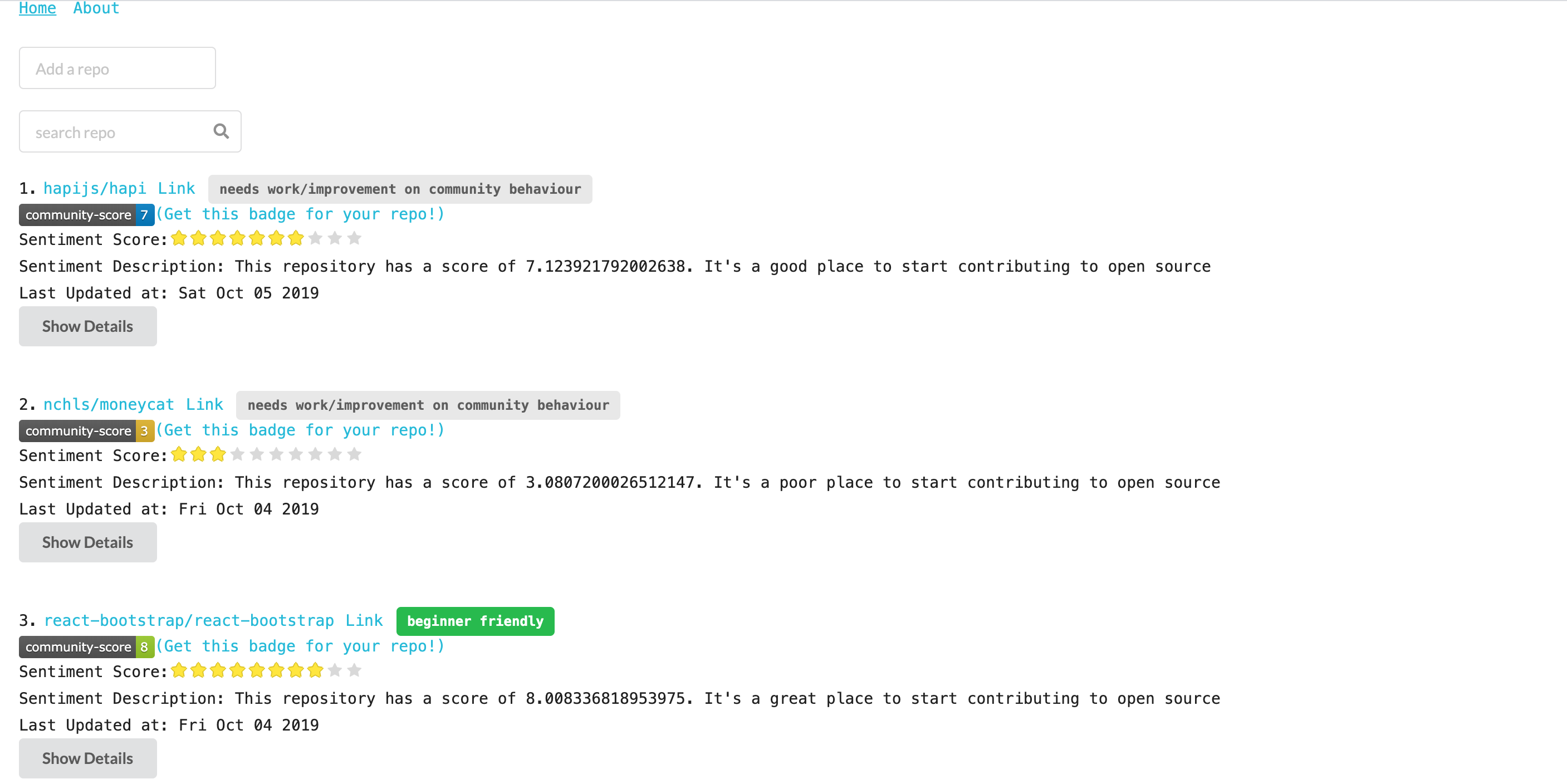
React SSR app that detects sentiment of Github open source communities. Feature wise sentiment scoring and toxicity detection using tensorflow.js.
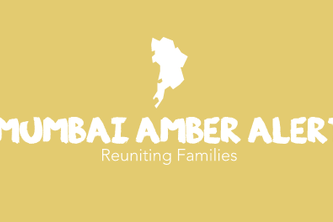
An missing person alert built on Facebook Messenger. Winner of the Facebook Bots for Good Hackathon and member of the global FbStart program.
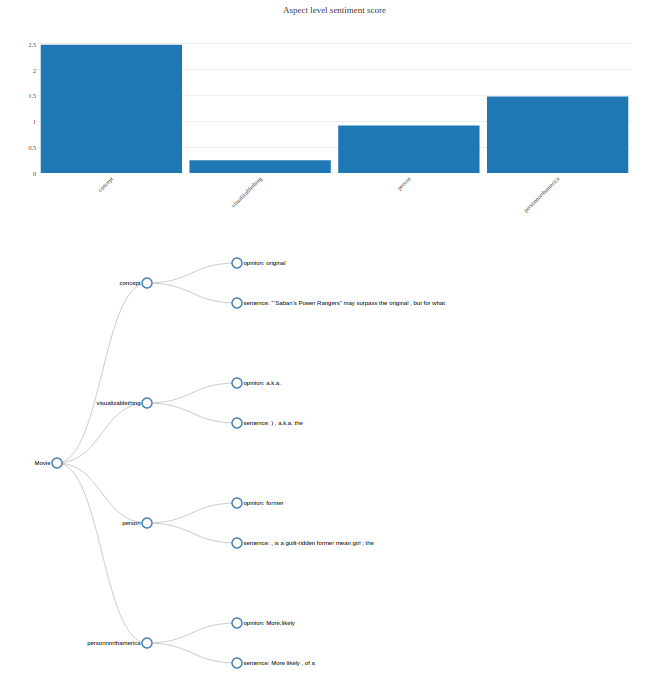
Analyzing variation in sentiments in a single movie review.

Analyzing over 28k rows of railway traffic density.

Generating passwords using voice fingerprinting.

I developed and deployed a real time multi-queue customer support system, and multiple internal tools.
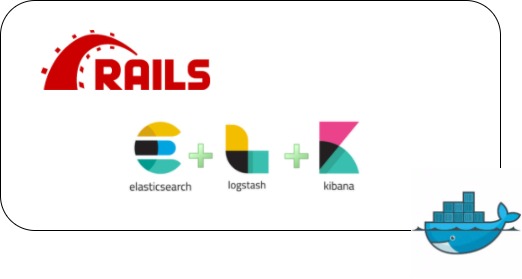
Deployed Docker containers for the ELK stack for Rails log analysis on AWS Lightsail.

Creating Heroku pipeline deployments using Flock Chatbots.

One of the 6 android applications I built while pursuing the Udacity Android Nanodegree
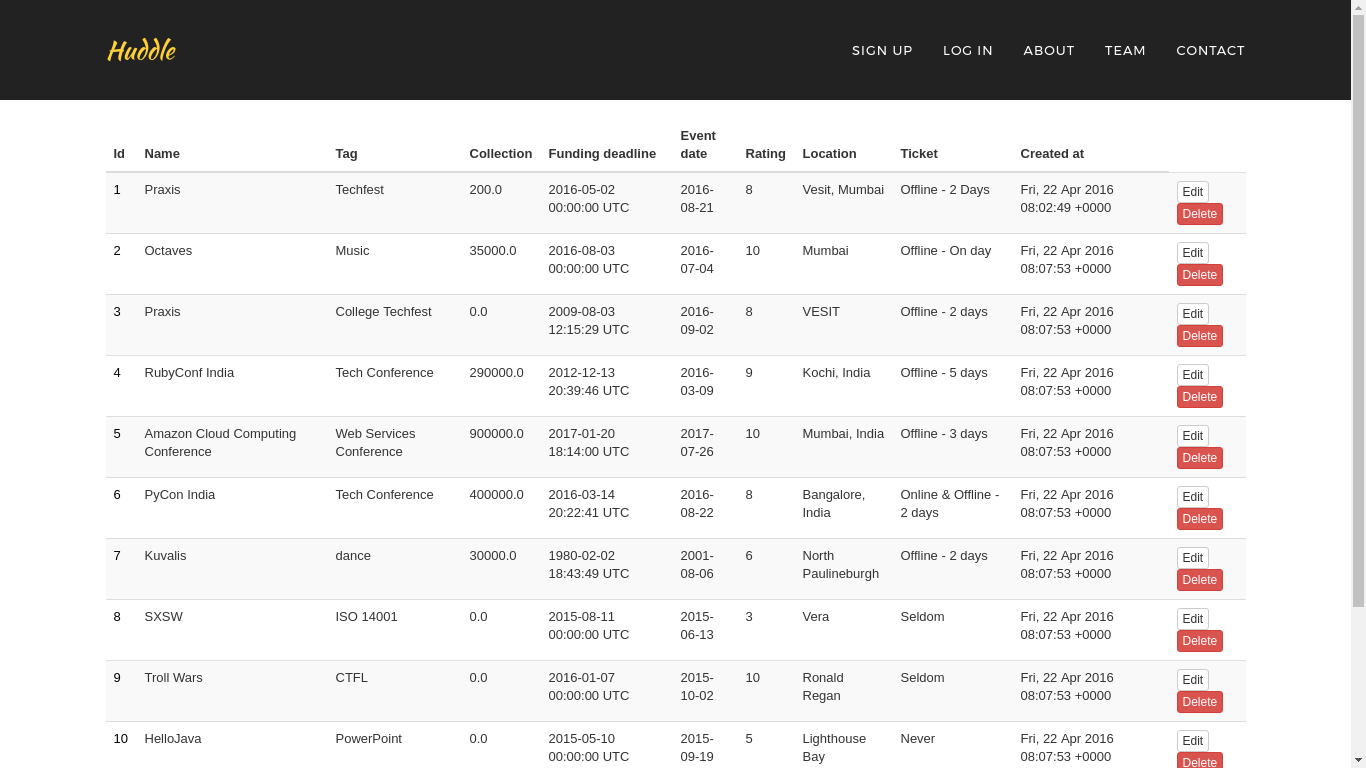
I compared the performance of PostgreSQL vs MongoDB in master-slave configurations.
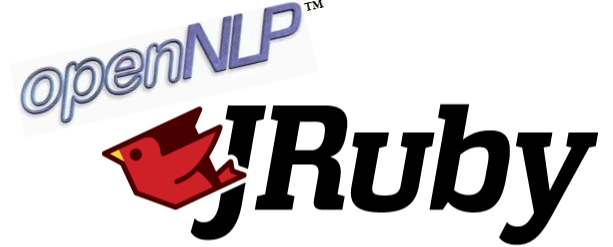
I dabbled with jRuby and wrote Ruby code to run a JVM library!

Won a hackathon for an app that converts typed notes to audio notes.

I became familiar with Unity 5 by making a couple of games.
A frontend only React Server Side Rendered (SSR) app to analyze toxicity and sentiment in open source repositories on GitHub
Tools Used
An app developed during Stanford's Health++ Hackathon. Created as an offline first Electron Health Record (EHR) system.
Application: Microservice Architecture
An app developed during Calhacks 6 to detect speech impediments such as stutter and aphasia. Inspired by Google's Parrotron Blog Post. This app was inducted into NSF's I-Corps Bootcamp Program. Currently under development. Reach out if you are interested in applied machine learning for healthcare!
A simple chatbot based missing person alert on Facebook Messenger. The project is currently a part of Facebook's Global FbStart program under the Bootstrap and Social Change track.
The project won the Facebook Bots for Good Hackathon. Complete details here.
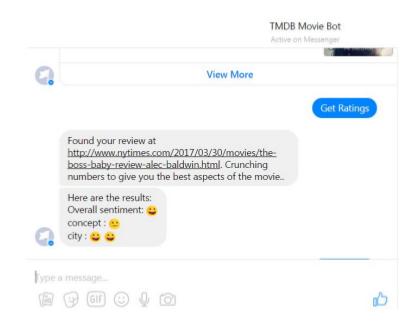
Minerva is a Ruby on Rails applcation at the core of the sentiment analysis system.
The entire system comprises of:
A Ruby on Rails application that performs infrequent feature mining and opinion mining on a single movie review. It then resolves the noun phrases extracted (as features) using Carnegi Mellon University's NELL Knowledgebase.
After resolving phrases to higher level 'concepts', we make multiple parallel async calls to the sentiment analysis module to get sentiment scores and labels. All this information is then stored inside a Redis Store in a logical tree format.
This information is then visualized using D3.js (for the logical aspect tree) and plotly.js (for the sentiment scores).
A bot built using the Sinatra framework. Makes calls to Minerva and receives and results and forwards them to the user. The user interacts via Facebook Messenger's Buttons and the movies are fetched from the TMdb API. Once a movie is selected, the bot scrapes NYTimes for uncached movie reviews.
The sentiment analysis module uses two machine learning approaches to analyse the text input fed by the context resolution system. One is a simple NaiveBayes classifier for review classification. The other is the implementation of doc2vec model which generates relative vectors of word embeddings. After the infrequent features extraction is performed on the NYT movie review text, each opinion-sentence pair is sent to this sentiment analysis module. The module deals with one system identifying the classification of the input text. The other system gives a score to the text which denotes how strong the sentiments behind the input text are. The datasets used for training are the IMDB movie reviews for review classification.
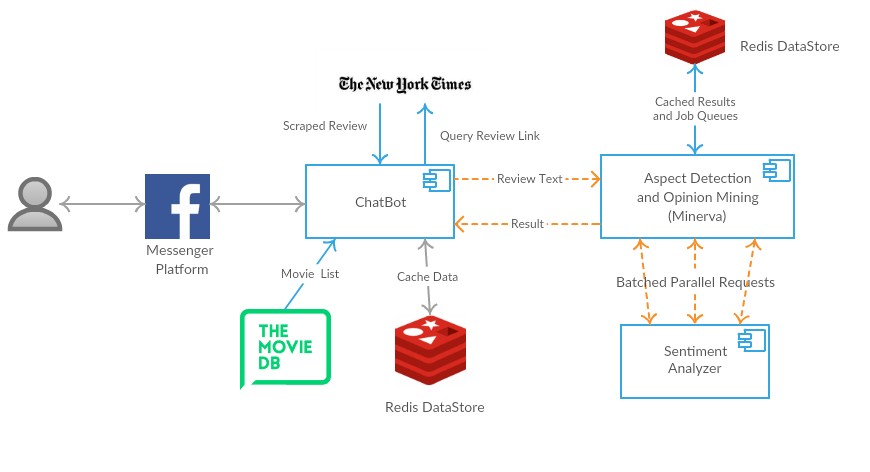
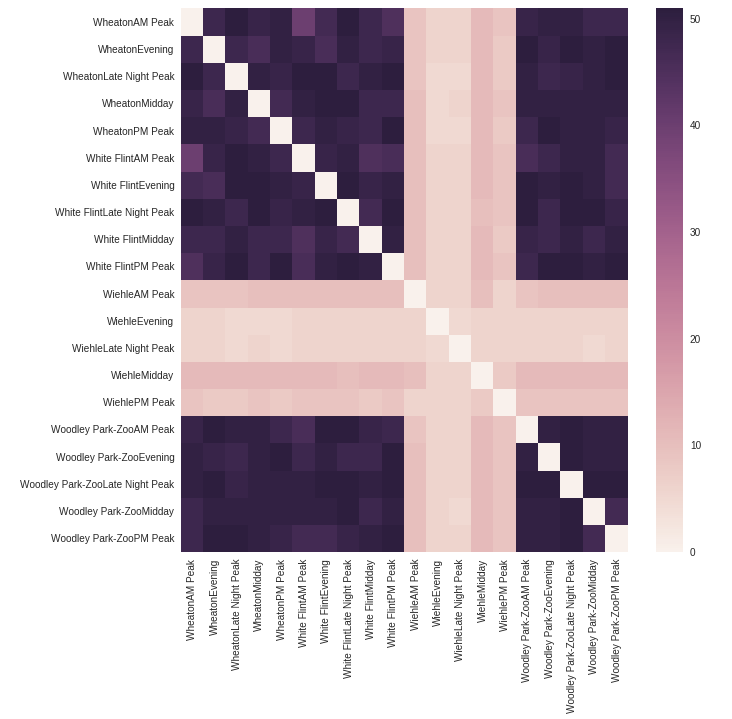
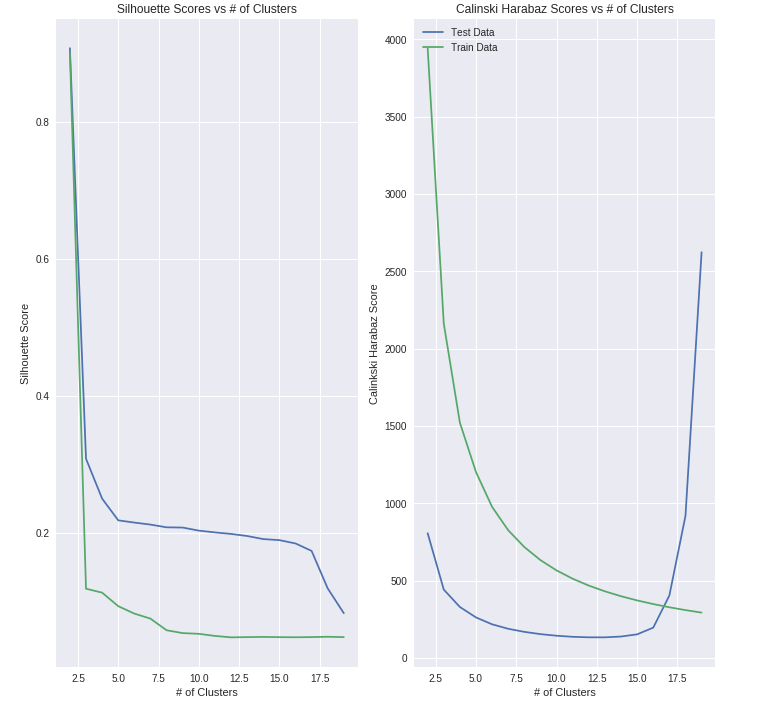
Android App (API > 16)
Libraries & Tools:
Web App:
Features:
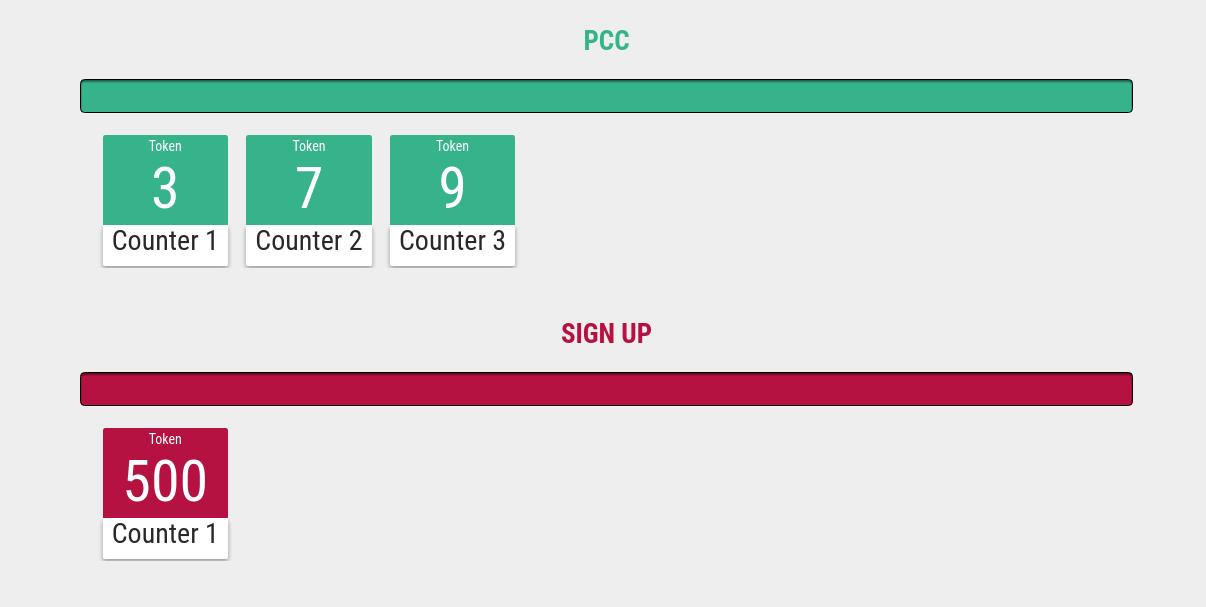
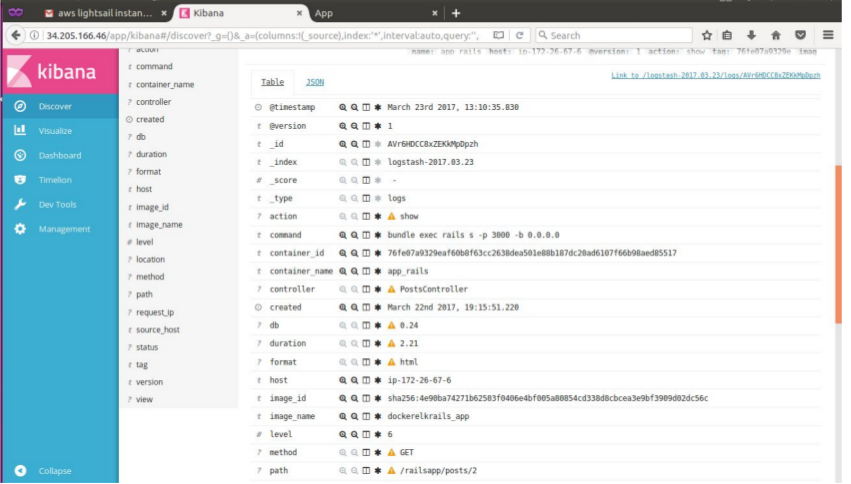
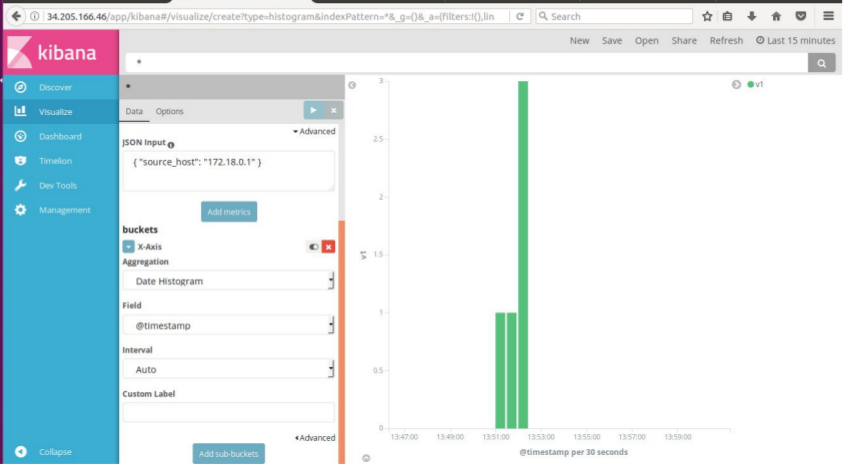
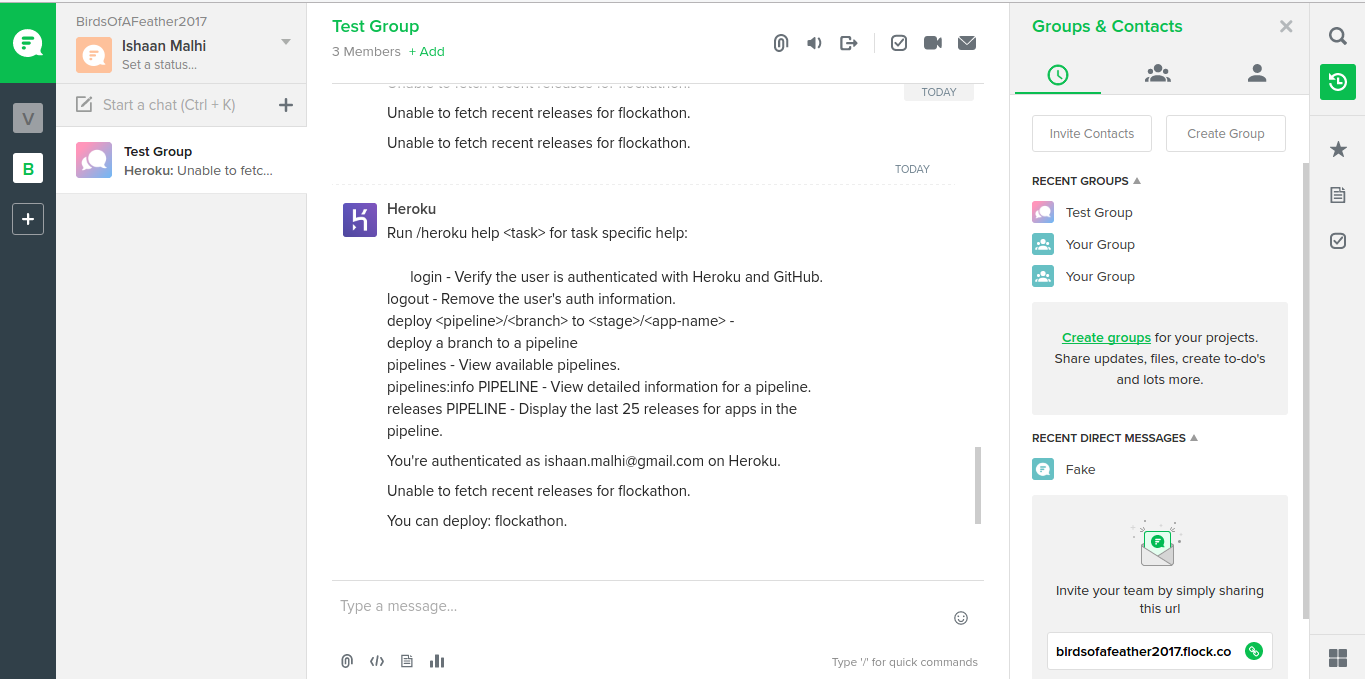
Built during the Flockathon held at Directi Offices, Mumbai. My team and I built a simple chatbot (similar to Slack's slash command) for the Flock team communication app.
The slash command allows you to authenticate accounts, setup and deploy Heroku pipelines as well as view the last 25 releases.
App Demo on Appetize
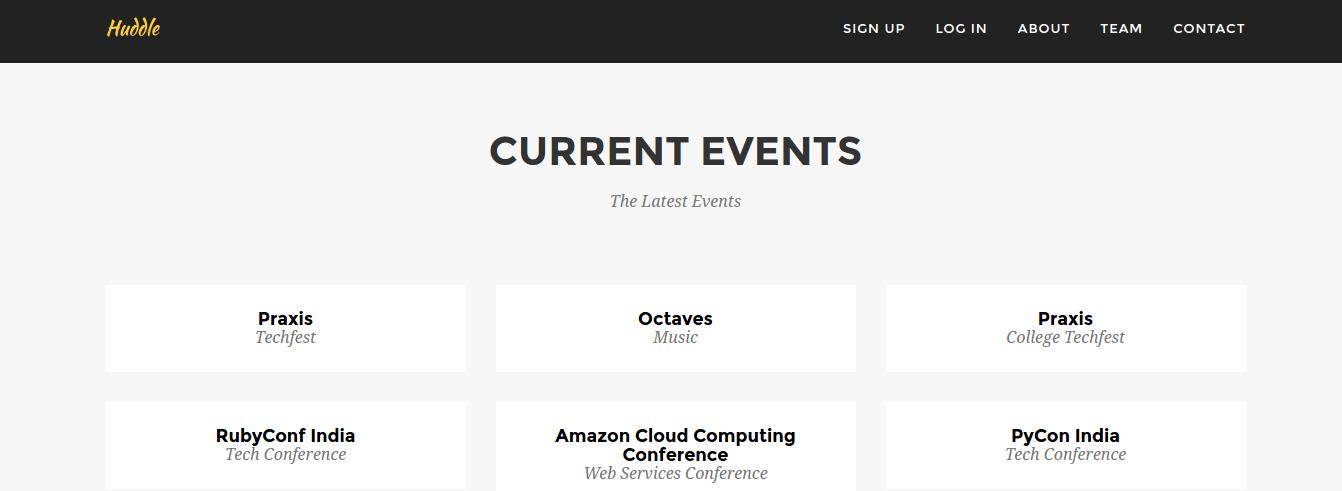
HuddleInc is a website which promotes Community created and curated events. The Role of the project was to compare the scalability of SQL and NoSQL Databases in a Distributed Environment.

Just some quick hacking with Jruby and the OpenNLP Libary.
Java has one of the most extensive libraries. While I love Ruby's gems, JRuby provides access to the JVM coupled with Ruby's amazing syntax. Win Win
The winning entry for the HackForIndia Hackathon organized by Digital Vibes.
Problem Statement: Use the IBM Watson API to solve a societal problem among the given domains.
We picked the education domain and created an application which converts typed notes into audiobooks. This way, the audio files can be downloaded and listened to during commute and distributed to people who do not have access to quality education as well.
I learnt Unity 5 and many aspects of Game design by building 3 games.